Our Return to the Spanish Virgin Islands
Wednesday, December 14, 2011
 Culebra, Culebra, Puerto Rico
Culebra, Culebra, Puerto Rico
On Thursday, December 3 we had a terrific fast trade wind reach for the 40nm distance to the bay called Ensenada Honda on Vieques (not to be confused with the same-named bay on Culebra). Wind was NE 14-20 and we covered the distance in less than 5 hours – taking time to catch a 39-inch bull head mahi! This fish – we did it right. Bob and Wally would be proud. Being on a beam reach made it easier to slow the boat and Donna performed all her vital tasks expertly – slowing the boat, bringing in the other lines, getting out the fish barrel, etc., etc., etc. All Dave had to do was hang on to the big fish long enough for it to tire, then skip it in to the boat across the surface. It was mahi for dinner in Vieques!
We agree with veteran sailor and author Don Street (who first arrived in the Caribbean in 1956 and wrote nine guidebooks of the Eastern Caribbean). He wrote that the Spanish Virgin Islands "…can justly be described as the undiscovered jewels of the Caribbean." Included with his autograph in the copy of his cruising guide we purchased directly from him, Don wrote, “Dave and Donna – enjoy the Spanish Virgins – like the BVI's in the late 60’s, you can still find quiet anchorages.” After cruising here last winter, we knew he was right on the money and we had vowed to return again this season to revisit our favorite anchorages and visit new ones as well.
Arriving at Ensenada Honda on the south east coast of Vieques, we found it exactly as we left it last April. A large pristine, protected bay, its entrance guarded by easily negotiated coral reefs, the bay rimmed entirely by mangroves, and devoid of any human activity whatsoever, it was still empty of any other boats. Amazing. It looks like what it must have looked like a thousand years ago, except for that one light tower to the west and the single concrete building on the tallest nearby peak to the east that was used as an observation post for the U.S. Navy bombing range. Other than those two manmade structures there is nothing, nada, zero, zip, zilch to interrupt the continuous perimeter of mangroves, green rolling hills, and hurricane holes. We know where we're running to if we ever have the need. Can you tell we like this hideaway?
Our first morning at Ensenada Honda was a rainless one and Dave took the opportunity in the calm water to climb the mast to re-arrange the mainsail halyard. We had lots of problems with the main halyard last winter chaffing on the end of the sail track, and when the mast was down for maintenance in the summer a new track end stop was installed and a second sheave was custom made to hold the halyard further aft. This new sheave was not put into use at that time as Dave wanted to assess how the new end stop improved things for awhile. It had become clear that the new end stop was wearing more than expected from contact with the halyard, so Dave decided to shift the halyard arrangement to using the new sheave. Donna hoisted him up on the topping lift using the electric winch and the switchover was accomplished without problems. Hopefully, this will be the only trip up the mast this winter….
Also that day Dave tightened the shroud turnbuckles 1 ½ turns to tighten the rig. He got another full turn on each the following day by rigging the Code 0 halyard to pull the mast side to side to momentarily lessen the tension on the shrouds. Hopefully this will decrease the genoa luff sag he was concerned about. He also added some length to the genoa tack strop Wally had devised to raise the genoa even further, raising the clew, to improve the vertical sheeting angle. These were unexpected workarounds on the new genoa that obviously was not dimensioned quite right by the sailmaker.
We spent four nights safe and secure in Ensenada Honda sitting out a low pressure trough that brought plenty of clouds and numerous squalls and limited our swim at the reef to a single day. Dave set up his Rube Goldberg rain water collecting system – consisting of the bimini, swim fins, funnels, and plastic bottles - and supplied us with drinking water so good we savor every drop. Our last night there a motor yacht arrived – our only other visitor the entire time.
On Wednesday, December 7 we moved further west along the south coast of Vieques approximately 7 nm to Ensenada Sun Bay to check out some snorkeling sites there and at the nearby Cayo Real (Afuera Cay) near the town of Esperanza. Ensenada Sun Bay has a large lovely public park area with palm trees built around its expansive beachfront. The snorkeling at Ensenada Sun Bay would have been very good if not for the somewhat cloudy water (perhaps run off from all the recent rain contributed to this) and a relatively cloudy sky. Despite that we had a chance to spot quite a few Porcupinefish who seemed to populate many of the ledges on the eastern shore near our mooring ball. Donna thinks they are just “adorable” and to watch them swim (they are fairly large) from behind them they looked to her like a boat propeller rotating through the water—they swim too fast to keep up with for long!
The water was clearer snorkeling at Cayo Real and was worth the dinghy trip, which included pulling the dinghy by hand over a sandy isthmus we were barely able to cross on the existing tide. We could not take the same route home on a lower tide but circled instead around a small island to get back to our mooring. We returned to Ensenada Honda the next day for three more nights waiting for the same wet and cloudy weather system to move out. Still no other boats arrived. We feel like we own this place….
On December 11 the weather finally cleared out and we departed Ensenada Honda and Vieques at 1000 for Cayo de Luis Pena, another small cay of the Spanish Virgins just east of Culebra that is part of the Culebra Wildlife Nature Refuge. We had a nice sail on 8-12 ENE winds after motor sailing up the south coast of Vieques and rounding its eastern tip. After that it was a beam reach 10.5 nm to Cayo de Luis Pena.
We arrived at 1330 and picked up the last available of three mooring balls, provided free in this nature preserve. Apparently brown boobies fly all the way from the Galapagos to nest in huge flocks at this and other small islands around Culebra and Vieques, although this is not the time of year for that. The snorkeling is great on both this southwestern shore as well as the opposite side of the island where we were moored last year. You can cross by foot to the opposite side from either mooring field.
We spent three nights at the island and look forward to returning again for more exploring. We departed December 14 on strengthening winds favorable for reaching to St Thomas, where we would make a brief stop before heading to the British Virgin Islands.
Other Entries

 Culebra, Culebra, Puerto Rico
Culebra, Culebra, Puerto Rico
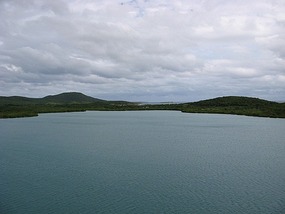
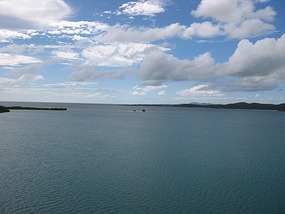
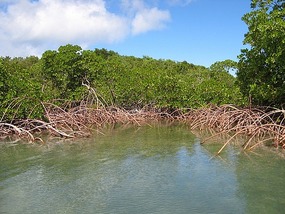
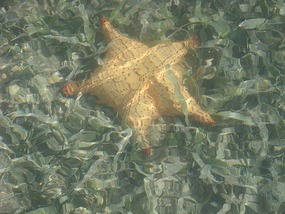
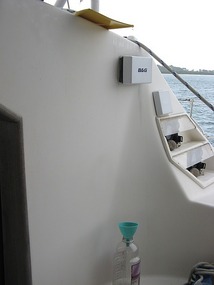
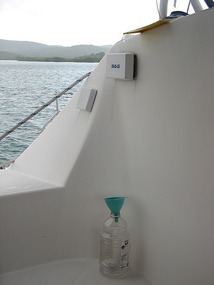
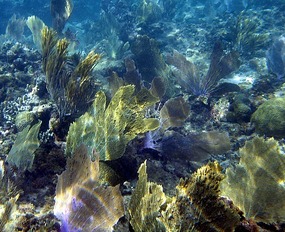
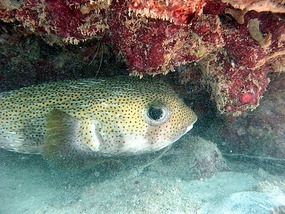
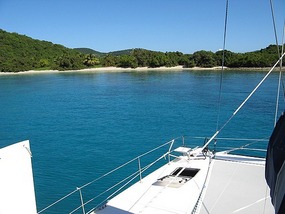
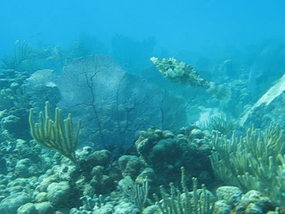









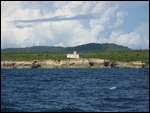
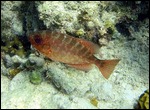
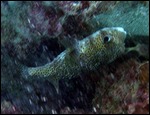
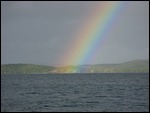
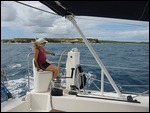
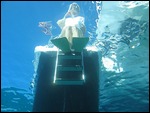
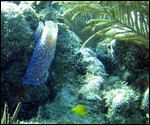
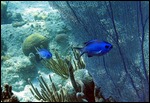
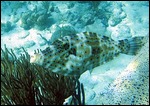
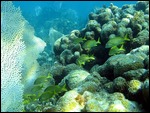
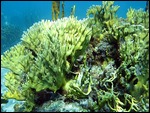

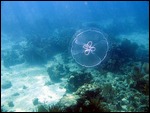
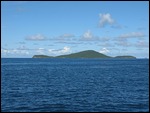

2025-05-23